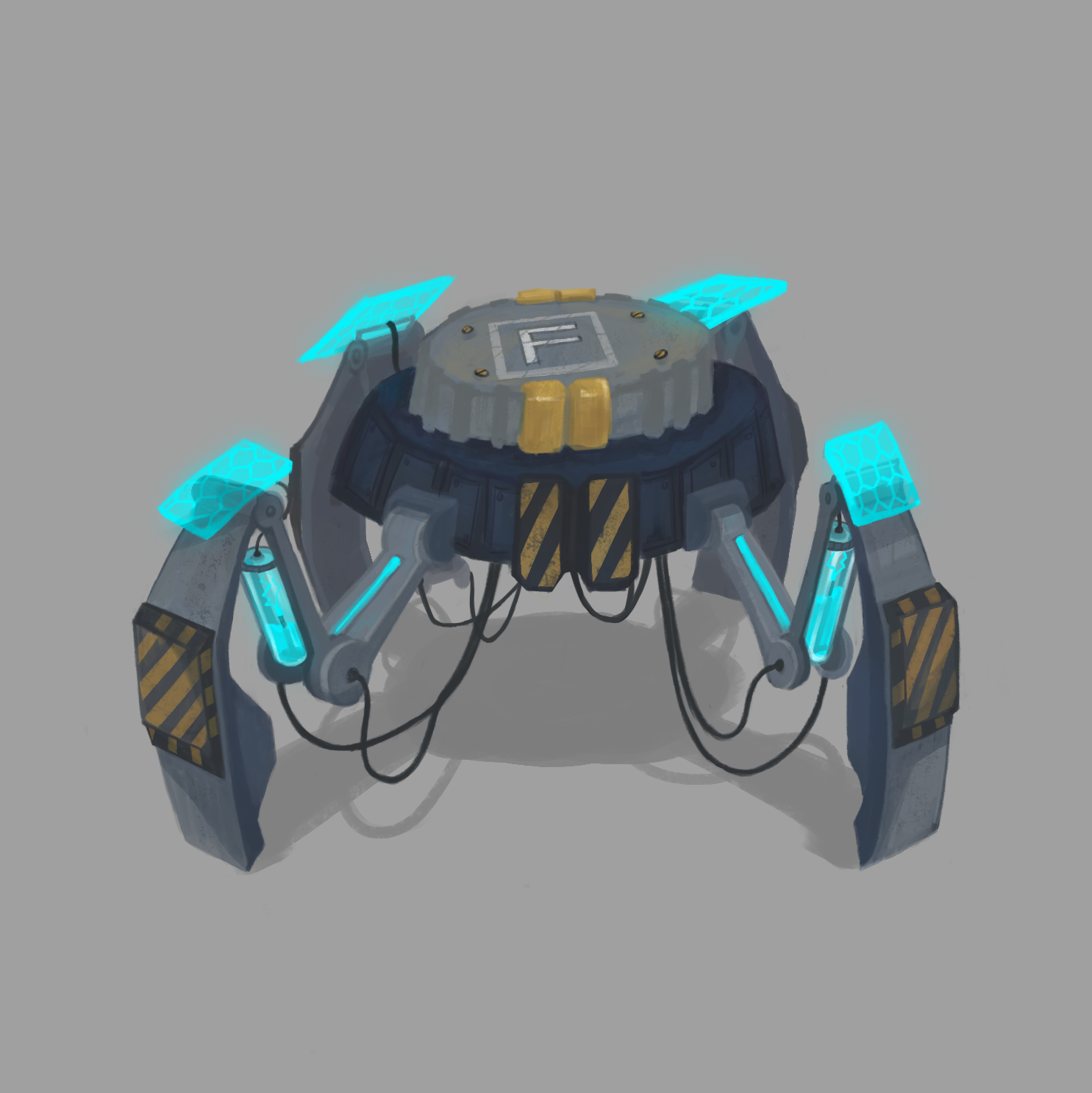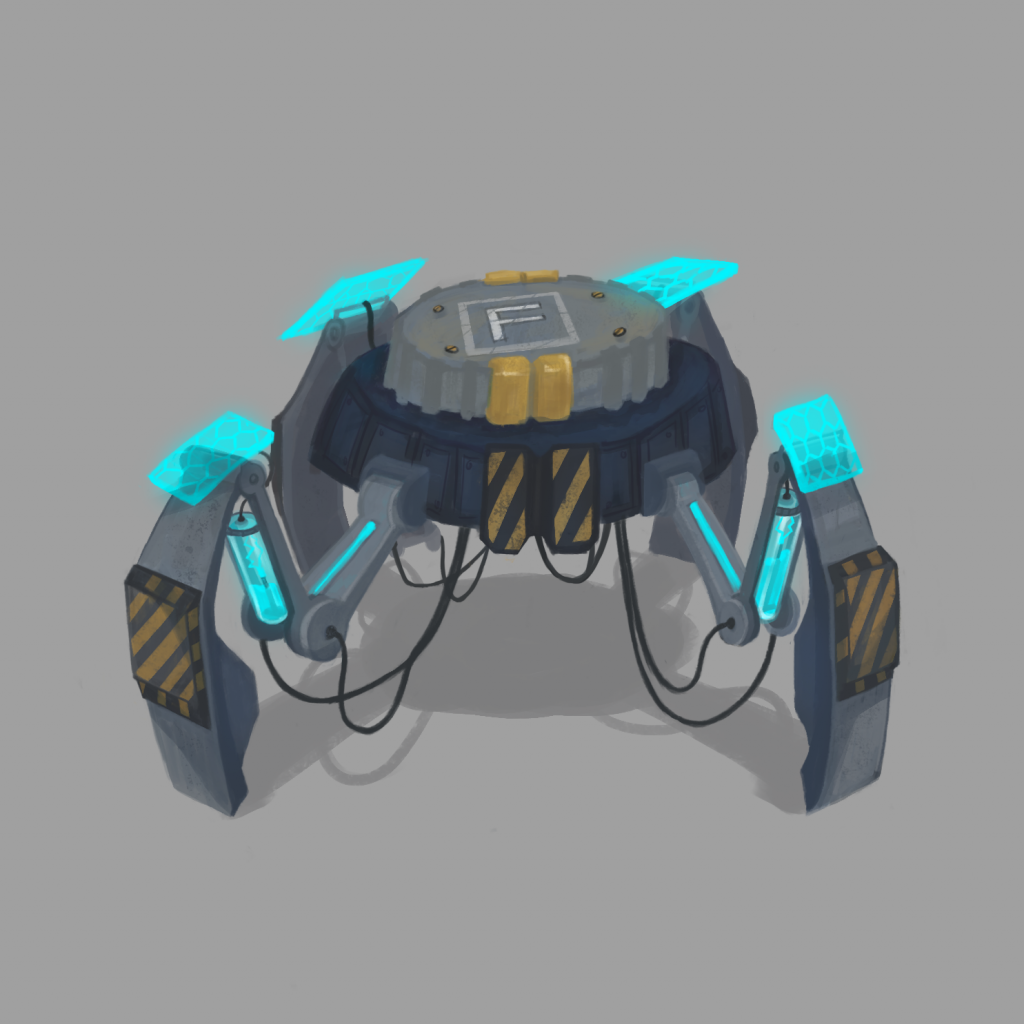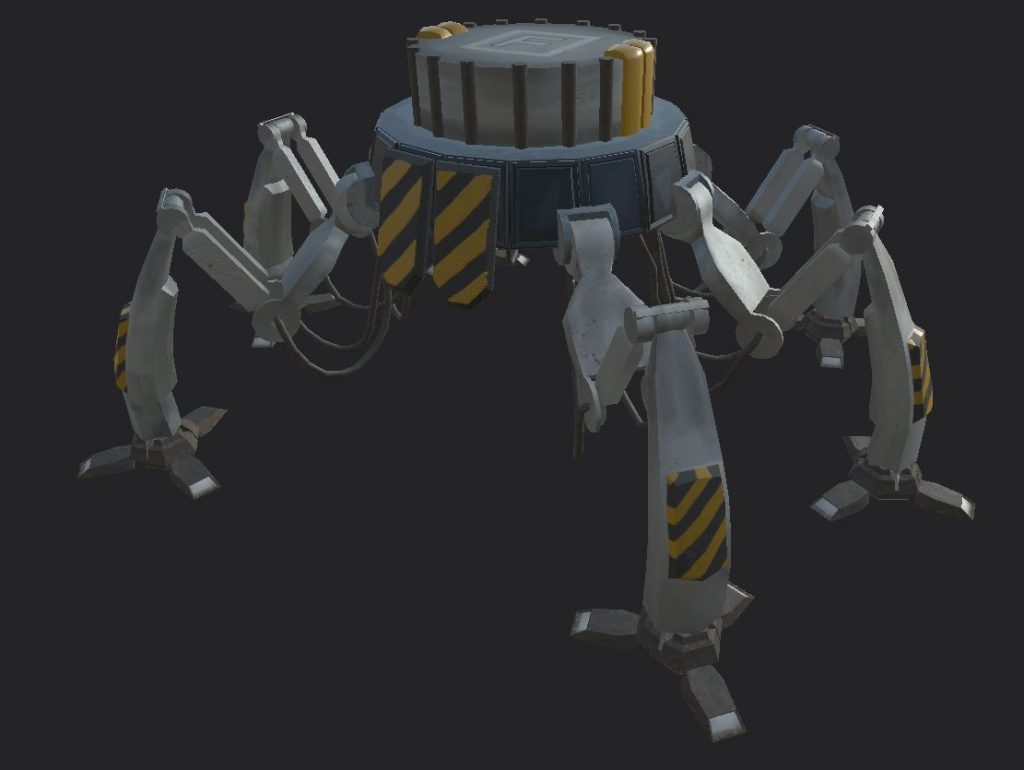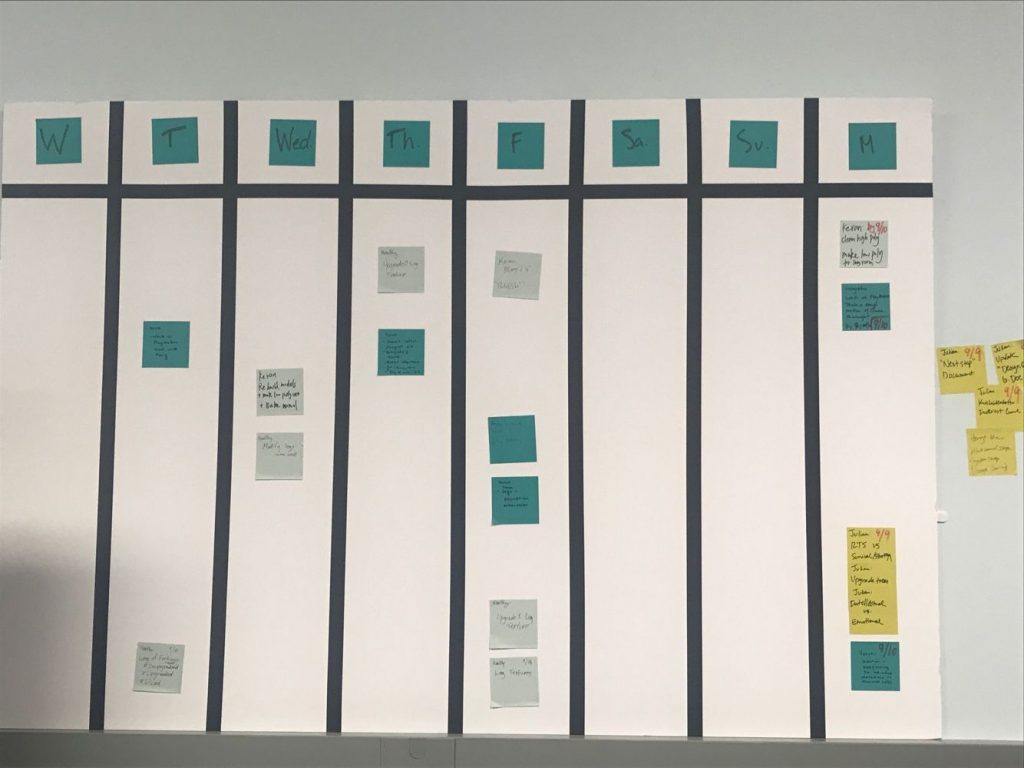Week 02

Reviewing Pre-Production
Week 02 was about consuming as much reference as we could. We began the week by meeting with our project advisors Chris and Tom. As a group, we discussed the interesting aspects of The Exodus so far. We realized that there was no “game” yet, but rather a plethora of unique ideas and a bunch of tools to create those mechanics. They urged us to find gameplay loops from a design perspective, nail down art concepts as soon as possible, and make any necessary decisions left before Quarter Walkarounds (taking place in Week 04) by ETC faculty.
All week as a team, we pored through all of the previous team’s documentation to help us better understand every ingredient we have. We began organizing our own project files and even added some more tools to the collection. Two problems immediately jumped out at us. First, our playtesting builds will need to be executed often, so the more rapidly and efficiently we can build, the better. We will want to be playtesting often (a couple of times a week internally, and at least once a week externally), so we needed a way to expedite the “Build” process for said playtests. The second problem was that the warnings from Chris and Tom were true, there’s no game yet. We decided to begin work on a generalized gameplay loop as soon as possible. We will be taking advantage of the Unity plugin “Playmaker” to help us keep our gameplay manager and systems organized and easily modifiable if necessary. We believe that the node-based Playmaker can help us stay clean and organized.
Technical Documentation
Hongzhu: As our game gets more and more assets in the library, the build time will also be longer and longer. Also when you build, you can’t touch your Unity project anymore. Waiting for a build costs us a lot of time. This week I integrated Jenkins to our build pipeline. Jenkins is an automatic build platform that allows us to trigger the build process on a remote machine. I spent some time to make Jenkins to work with Perforce, then created an editor tool which enables us to start a new build in a few clicks in Unity. I hope this tool can save us a bunch of time and relieve some stress, espcially when we are close to a deadline.
Varun: Last semester, I worked as technical artist on the pre-production of EXODUS. My work covered the level editor, shaders, rigging and procedural animation. I had a high-level understanding of how the mechanics were programmed, but did not get a chance to look into that area of the code in detail, especially since a lot of development work happened in the second half of the semester, once design decisions were being made. This semester, I am taking on the additional role of gameplay programmer. Last semester’s code was meant as a showcase of what the game could be. Things don’t scale very well, like when you have multiple characters performing various tasks at the same time. I am taking time to dig deeper into the gameplay code. A lot of the core gameplay systems need to be redesigned, reorganized, extended and fixed to provide a strong platform for the game state machine. I got started on that. We have a lot of documentation from last semester, and that can get get overwhelming. As the only continuing member from the previous team, I am helping the current team with knowledge transfer. This week, I also prepared the 2D drafts of our team’s production material for review by faculty.
Art Documentation
Healthy: How will the final art be different from concept art and how do you plan on relaying this change to Keran?
The concept art, while beautiful, is not consistent. There are also a lot of questions that come up between the 2D design and how it will translate to 3D. I began working on the fortress and it wasn’t until then that I realized that there are problems with how the model’s legs looks fragile compared to the concept and I started changing it. The fortress will also have to stack but look like wind won’t be able to topple it over. However this isn’t me simply changing the look and feel of the game. I still want to stay true to what concepts were left to me. I might just need to upgrade it as I go. I still plan to keep the radiant yet somber mood of the concept in the art.



As for being able to convey this to Keran and my lovely tech artists, the best way would be to just do it. After being in several groups where I am the lead artist, I’ve learned the only way I can show them what I plan to do is to create a concept that is usable, if not, create a piece that best captures what I want to show and to have them work off of it as a reference. Finding the right words help as well. The key is communication through words and visuals and to be patient as I act as support.
Keran: This week we had a meeting with our advisors about scheduling and goals for 1/4 walk round, which I believe it is really helpful, and we made our schedule board after the meeting:

It is important for us to make sure we can finish the project on time, thus we decide to set weekly deliverables as well as daily deliverables. For art assets, we had some of the prototype models from pervious semester’s team. and this week I am working on the cleaning up of these models to make sure it works for Unity engine, and reading through art documents to obtain a better understand of the concept art, which is a preparation for making textures later.
Design Documentation
Julian: What gameplay loops are you thinking of incorporating, and what games do they come from?
Don’t Starve (dangerous nighttime), Frostpunk (day/night worker cycle, interesting decisions), Fallout Shelter (resource management, etc.)
Later in the week, we met with our advisor Chris again, who cautioned us about our time management. He shared stories with us about his time at Electronic Arts and urged us to find ways to schedule our daily tasks in a way that kept us on track each day. He also cautioned that publishing our game would be more time-consuming than we would ever expect, so we had to start planning that as soon as possible.
That same day, Heather Kelly, an ETC faculty member, introduced us to videogame curator Marie Foulston. Marie reminded us to never lose sight of the unique aspects of the design we have in our hands. She also encouraged us to include a bit of ourselves into the process, regardless of how much work the previous team had done.
We have a lot of work to do.